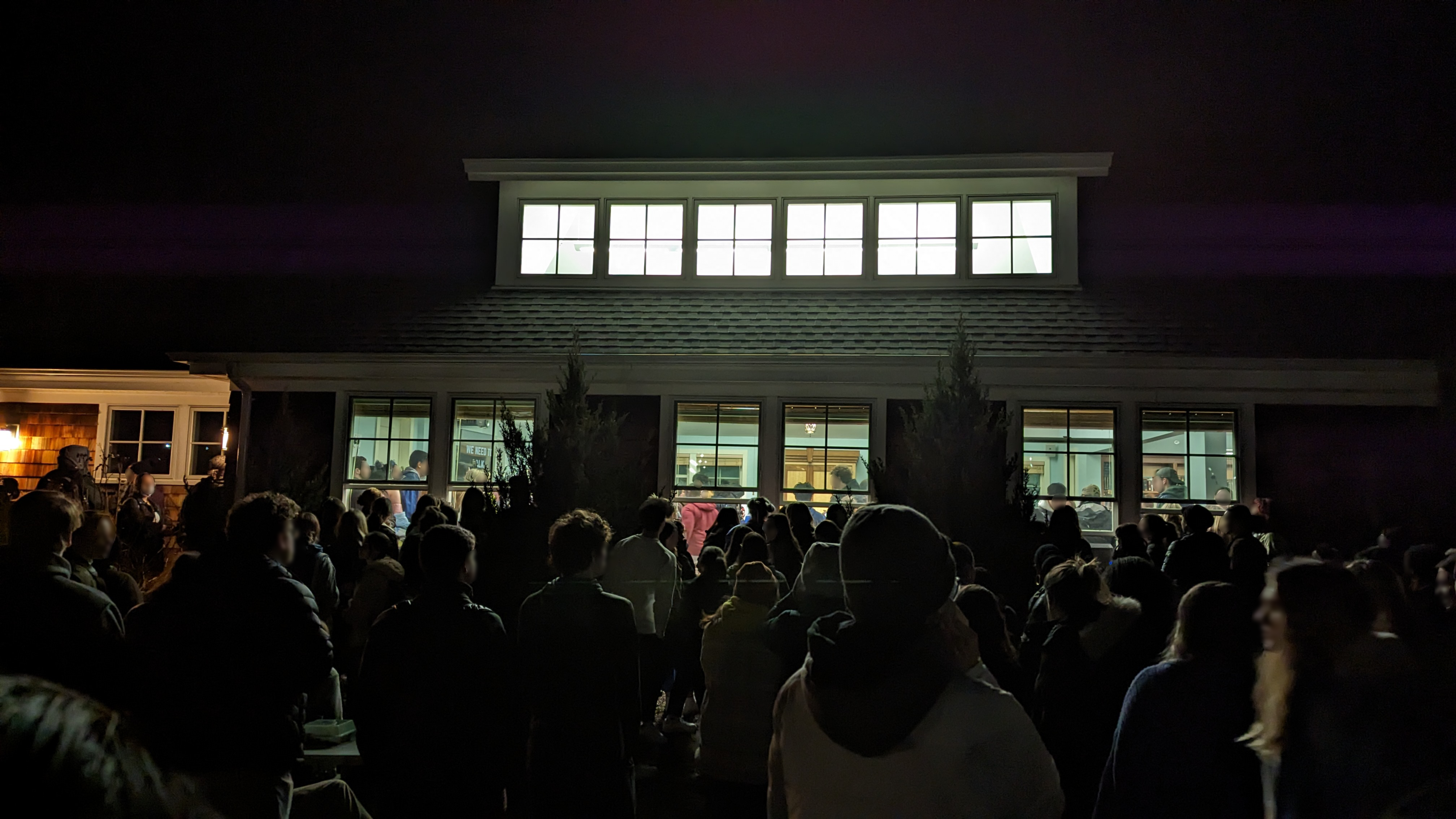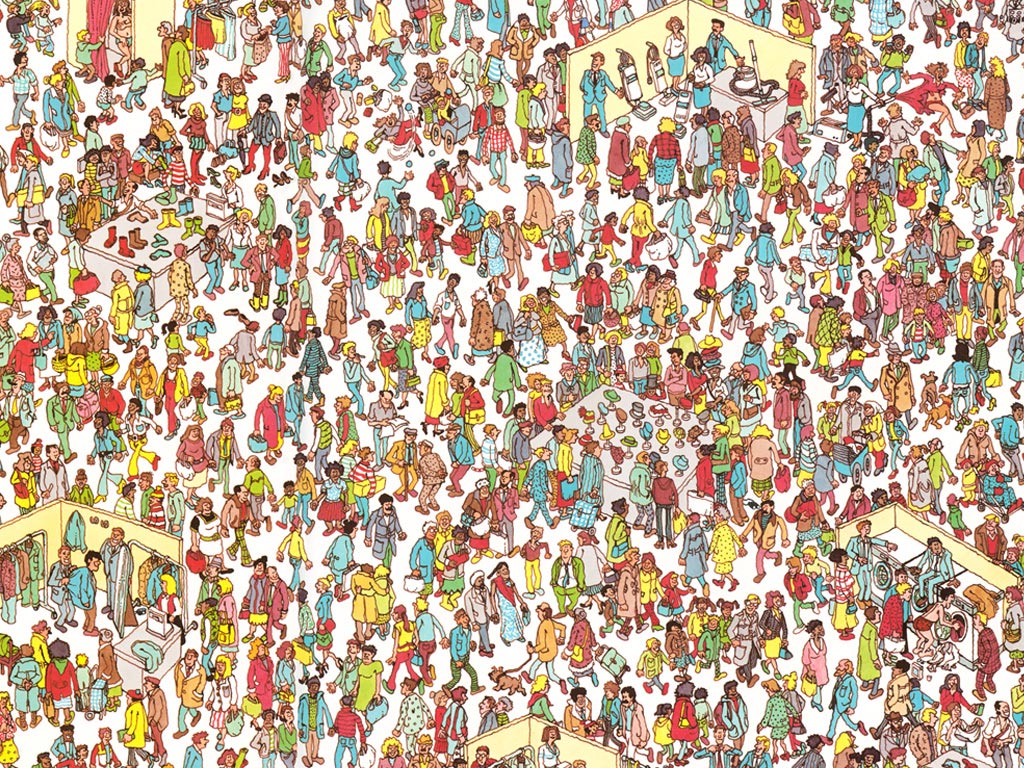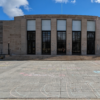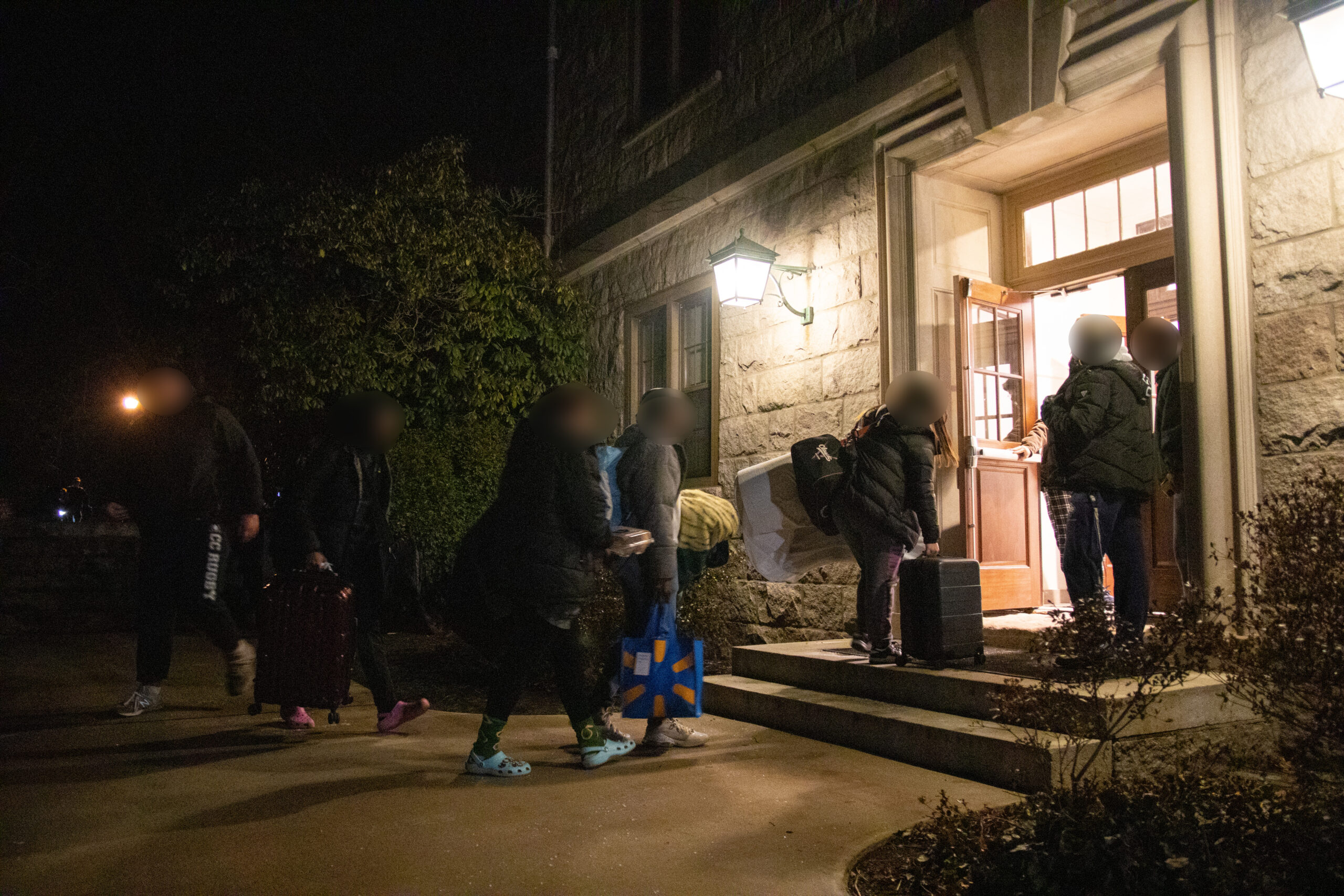Photo courtesy of Unsplash.
A thirty-year dormant frozen conflict between Armenia and Azerbaijan reignited late last month. The fighting began on Sept. 27 and quickly developed into the worst violence between the two countries since the end of the brutal war that broke out in the early nineties during the Soviet Union’s collapse. Both former Soviet republics blame the other for the outbreak of the current war, which shows no signs of stopping.
Meanwhile, a battle of propaganda is being tirelessly waged by digital soldiers of both countries. The Armenian and Azerbaijani narratives of the conflict are black-and-white stories which categorically reject the idea that their side could have some responsibility for the conflict or that the other side might have legitimate grievances. Since there are many more US-Armenians than US-Azerbaijanis, the former narrative is the one which has become dominant on US social media. The narratives that many US-Americans are spreading about the current war are dangerous, untrue, and unhelpful. To demonstrate the falsity of these narratives, this article will examine a popular infographic which is characteristic of this trend.
The infographic in question was posted on Oct. 12 via Instagram by @asa.united, a US-Armenian student organization. It states that “this [conflict] is not about territory, but about Azerbaijan’s attempt to ethnically cleanse Armenians from their homeland… Armenians are fighting to survive… for self-determination… [and] for the right to exist.”
This infographic distorts a complex conflict into a simple story of good versus evil, with Armenia defending its land from invasion and Azerbaijan intent only on the murder of Armenians for its own sake. It omits or outright lies about facts which do not conform to this easily-digestible narrative. Despite claiming to cut through Azerbaijani propaganda and provide the truth, this infographic is a mirror image of the very hate narratives it purports to dispel.
The infographic implies that the current violence is an attempt to destroy the Armenian nation and repeat the horrific events of 1915 when over a million Armenians were murdered by the genocidal Ottoman state. But Azerbaijan was never a part of the Ottoman Empire, and the current conflict has little to do with the Armenian Genocide. The dispute between the two countries is over the status of the Republic of Artsakh, an unrecognized breakaway state which has occupied the Nagorny-Karabakh region of southwestern Azerbaijan since 1994.
Azerbaijan claims Nagorny-Karabakh, despite its being populated almost entirely by ethnic Armenians, because the area is internationally recognized as part of Azerbaijan. Armenia, conversely, maintains a contradictory stance towards the area. Despite Armenia not officially claiming Nagorny-Karabakh, Azerbaijan maintains that the territory is under de facto occupation by Armenia, a view which is given credence by Armenian PM Nikol Pashinyan’s controversial 2019 statement that “Artsakh is Armenia. Period.”
The current upsurge of violence was indeed likely initiated by Azerbaijan. But this conflict did not begin in 2020. It began in 1987 with antecedents stretching back to the early-20th century. In 1922, following the collapse of the Russian Empire, the newly-formed Soviet Union assigned the territory of Nagorny-Karabakh to Azerbaijan, despite its Armenian majority. Whatever the reasoning behind this decision, the status of Nagorny-Karabakh as an autonomous region within Azerbaijan did not cause substantial problems for 65 years of Soviet rule. The two communities lived side-by-side in relative peace until the closing years of the USSR.
In 1987, ethnic violence broke out in Nagorny-Karabakh’s countryside, causing many Azerbaijani villagers to flee to Azerbaijan’s capital, Baku. Meanwhile, protests broke out in Karabakh’s capital of Stepanakert demanding the transfer of the autonomous region to Armenia. The resurgence of ethnic violence on the Armenian side was matched on the Azerbaijani, with vicious anti-Armenian pogroms in several large cities killing dozens.
The ailing Soviet government’s clumsy attempts to resolve the situation were of no help; by the time the USSR split apart in mid-1991, the vast majority of Armenians in Azerbaijan and Azerbaijanis in Armenia had been forced out. With the two republics declaring independence in late-1991, the conflict became a full-fledged war.
Political chaos in Azerbaijan allowed the Armenian forces a massive initial advantage. Poorly defended Azerbaijani towns were captured and systematically cleansed of their non-Armenian inhabitants. A brutal example is the capture of Khojali, a large Azerbaijani town northeast of Stepanakert. On Feb. 25, 1992, Armenian fighters attacked the lightly-defended town, indiscriminately slaughtering over 500 people. This gruesome story is incongruous with the narrative that Armenia is the sole victim and Azerbaijan the sole aggressor in the conflict, and so the purveyors of that narrative tend simply to ignore it altogether.
By the time Azerbaijan was politically stable enough to mount a genuine offensive, Armenian forces were in control of Nagorny-Karabakh, alongside another 9% of Azerbaijan’s internationally-recognized territory, most of which was demographically Azerbaijani. The Azerbaijanis of Nagorny-Karabakh and its surrounding regions were systematically ethnically cleansed.
This is the context left out by the @asa.united infographic. The fearmongering about a ‘second Armenian Genocide’ is a smokescreen for the actual genocides which have occurred throughout the conflict, and which are likely to occur in the future if it is not resolved. According to human rights activist Arif Yunusov, Azerbaijan housed 843,000 refugees in 1997, almost all Azerbaijanis displaced due to the conflict from 1987 to 1994. Yunosov estimates that an additional 323,000 Armenians were displaced from Azerbaijan during the same period.
These refugees are the forgotten victims whose rights are ignored by the warmongers on both sides. The @asa.united infographic doesn’t bother to mention the Armenian victims of displacement from Azerbaijan, much less the even greater numbers of refugees from the other side.
None of this means that Azerbaijan’s current assault on the Armenians living in the Republic of Artsakh represents ‘justice,’ as Azerbaijan’s government claims. It is merely a cyclical continuation of indiscriminate violence against civilians. If Azerbaijan manages to recapture its lost territory militarily, there will likely be untold humanitarian consequences for the Armenians living there.
What are the prospects for peace? Outside mediation has thus far failed, partially because foreign interference was a major factor in the reignition of the conflict. Turkey, Azerbaijan’s closest ally, has supplied drones, planes, and Syrian mercenaries to the Azerbaijani war effort. While many Armenians are understandably terrified at the prospect of further Turkish involvement in the conflict, this is unlikely because Armenia’s security is guaranteed by another major regional power, Russia.
Ultimately, an end to the Nagorny-Karabakh conflict can come only from Armenians and Azerbaijanis themselves, in defiance of the belligerence of their governments and the machinations of outside powers. Outsiders who wish to advocate for peace and justice must be careful not to promote the narratives of hate which are ubiquitous in this conflict. Instead, we must promote an accurate narrative which acknowledges that both governments have committed injustices and atrocities for which both peoples have suffered. Otherwise, we risk becoming propagandists for a brutal, senseless war.
Postscript:
This article was completed shortly before Nov. 8, when Azerbaijan captured Shusha (called Shushi by Armenians), the second-largest city in the Nagorny-Karabakh region, 5 km from Stepanakert. The next day, Armenia, Azerbaijan, and Russia signed a peace deal ending the war and surrendering to Azerbaijan most of the Republic of Artsakh’s land; almost all of the territories around Nagorny-Karabakh which were captured during the 1990s as well as Shusha/Shushi within Nagorny-Karabakh itself.
This deal is a resounding victory for Azerbaijan and a crushing loss for Armenia and especially Artsakh. The Armenian residents of the areas captured by Azerbaijan who have not already fled are likely to be displaced. Even worse, the peace deal brokered by Russia leaves the status of the much-reduced Republic of Artsakh undefined, leaving the potential for further conflict down the road.
While the peace agreement will allow many Azerbaijanis who were displaced during the 1990s to return to their homes, this is little comfort for the Armenians displaced in turn as a result of the current conflict. Without a more comprehensive and just peace, the cycle of violence will likely continue.









